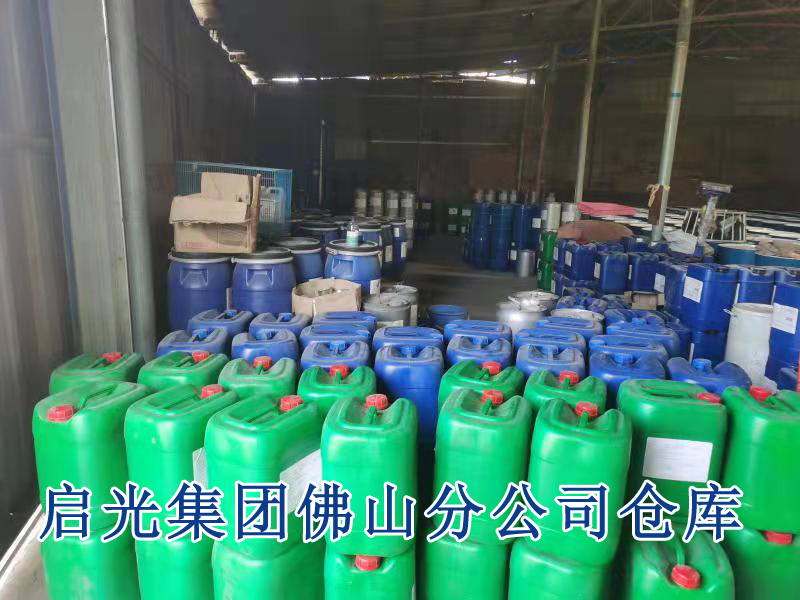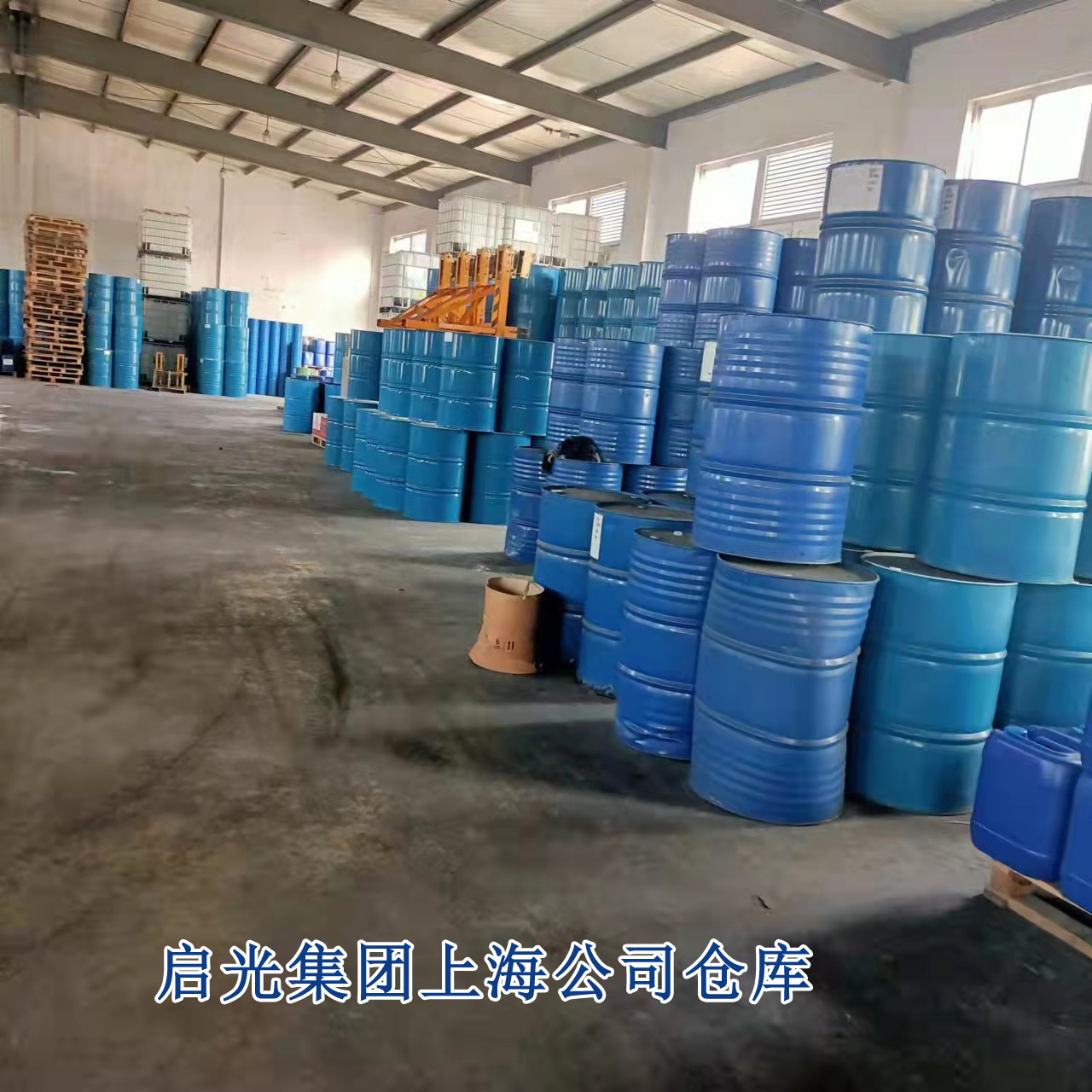1. Introduction
Catalysts are chemicals that can change the rate of chemical reactions. Catalysts used in polyurethane synthesis can be broadly classified into tertiary amine catalysts, organotin compounds, non-tin organometallic compounds, and other new catalysts.

2. Characteristics of various catalysts
Amine catalysts are good catalysts for NCO and water reaction; organotin and organomercury have high selectivity for NCO and OH reaction and are not sensitive to water and NCO reaction; some new catalysts such as temperature-sensitive catalysts have different catalytic efficiency at different temperatures and are widely used in some two-component polyurethane products.
3. Purpose of using catalysts
Usually we use catalysts for two main purposes: 1. to make the reaction proceed in the direction we expect; 2. to regulate the reaction rate, shorten the reaction time and improve the production efficiency.
4. Principles of choosing catalysts for different polyurethane products
Polyurethane products can be broadly divided into foam, elastomer and polyurethane resin. Here we make a light analysis of catalyst selection used for these three types of products respectively.

4.1 Polyurethane foam catalyst selection
Polyurethane foam products are mainly synthesized by polyether, isocyanate, blowing agent, catalyst, etc. The main process of foam formation is generally considered as follows: 1. The foam is generated in the polyurethane reaction system by physical and chemical methods, and the foam is evenly dispersed in the reaction system, where the main foaming method is the use of water and isocyanate to produce carbon dioxide for foaming. 2. The process of foam generation requires the viscosity of the reaction system to increase with the increase in order to stabilize the foam from escaping. 3. When the number and size of the foam is reached, the viscosity of the reaction system needs to increase continuously and even form a cross-linked system to stabilize the foam and shape the product.
In this case, we need at least two kinds of catalysts to regulate the reaction. One catalyst is to promote the reaction between isocyanate and water, that is, to promote the foaming reaction, usually choose amine catalyst; the other is to promote the reaction between isocyanate and polyether or alcohol, that is, the reaction of polyurethane molecular chain growth and cross-linking, usually choose metal catalyst. Therefore, in the process of polyurethane foam synthesis, we generally choose amine catalysts and organometallic catalysts to be used together in order to produce synergistic effects to accomplish good results. The specific types and ratios of amine catalysts and organometallic catalysts need to be experimentally or empirically adjusted according to different products, so we will not make too many statements here.
4.2 Selection of catalysts for polyurethane elastomers
The reaction of polyurethane elastomer to NCO and water should be strictly avoided, so metal catalysts, such as organotin, organobism bismuth, and even the eliminated organomercury, are generally used in this case.
4.3 Polyurethane resin catalyst selection
The reaction between NCO and water should also be avoided as much as possible during the synthesis of polyurethane resin, so organic bismuth and organic tin are generally chosen more often.
5.Follow-up
In the process of practical application, it is necessary to combine literature, experience and specific experiments to select the catalysts suitable for the system

